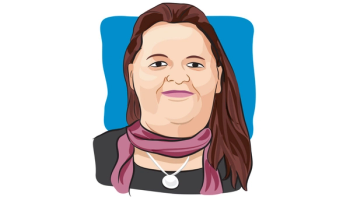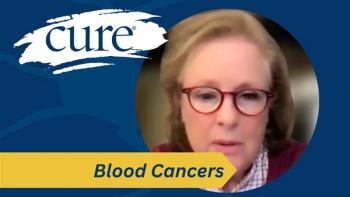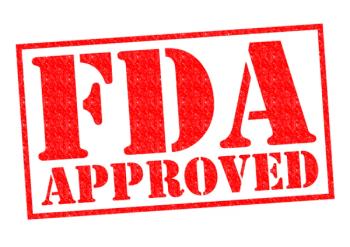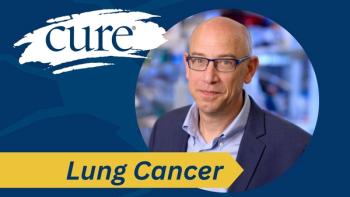
Transportation to Cancer Treatments is An Issue for Many Patients

As transportation to treatments is one of the many important aspects patients with cancer must consider after receiving a diagnosis, there is room for improvement in terms of accessibility and affordability, says an expert from the Patient Access Network Foundation.
Transportation is a frequently overlooked, yet nonetheless important aspect of a patient’s cancer journey. Many patients have to work out the logistics on how they’re getting to and from treatment, which can become a large concern if they can’t afford or access transportation, says Ayesha Azam, Vice President of the Patient Access Network (PAN) Foundation.
In an interview with CURE®, Azam discussed the PAN Foundation’s goal of increasing accessibility to affordable transportation for patients.
“Part of our efforts are to draw attention to so many of the non-emergency medical transportation carriers that are across the U.S. that can provide people who maybe do have accessibility concerns, or maybe who don't have a car available to them, access to a vehicle that can take them safely to where they need to go,” Azam said.
Transcription:
It's such a pivotal role, and part of it has to do with the security and reliability of making sure that you can get your treatment and not have to worry about who's taking you to treatment.
We did a survey almost two years ago now, about all patients who are receiving copay assistance, many of which have cancelled. What we found from speaking to them is that most folks are relying on other people to be able to get to their doctor's office and pharmacies. And not only that, but the way that they’re traveling to the appointments may vary at each appointment. So, one time they might be relying on a friend or one time might be relying on a family member. And so, what we really found is that not only is there as big of a concern on the affordability end, but there was an equal level of concern on the accessibility end.
And so, part of our efforts are to draw to attention, so many of the non-emergency medical transportation carriers that are across the US that can provide people who maybe do have accessibility concerns, or maybe who don't have a car available to them, access to a vehicle that can take them safely to where they need to go.
For more news on cancer updates, research and education, don’t forget to





